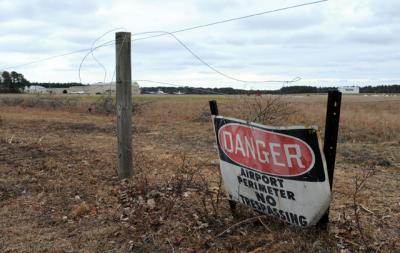Lownes v. Graboski in Amagansett
Lownes v. Graboski in Amagansett

In the Amagansett School District, Mary Lownes, an incumbent candidate, has served on the school board for the last 13 years. She is the mother of three children, including one attending high school in East Hampton, and is a former volunteer with the PTA and the high school’s site-based management committee. A former Sunday school teacher as well, she has helped fund-raise for the town’s junior lifeguard program. She is employed in the sales industry.
“I’m running for the continuity of our board of education plans,” she said. “I want to continue community service to my town, and continue to maintain the programming to make sure that the children of our district have all the things that my children had.”
Ms. Lownes’s challenger is Steve Graboski, a 34-year resident of Amagansett and a retired East Hampton Town police officer. Mr. Graboski now owns a construction business, Primeline Modular Homes, and is a 19-year member of the Amagansett Fire Department.
“With many years of experience dealing with the public, I am mindful of the need to be a good listener and to think independently and objectively when considering issues before me,” Mr. Gra boski said in a statement. “I feel that my diverse professional experience will be an asset to the board of education.”




